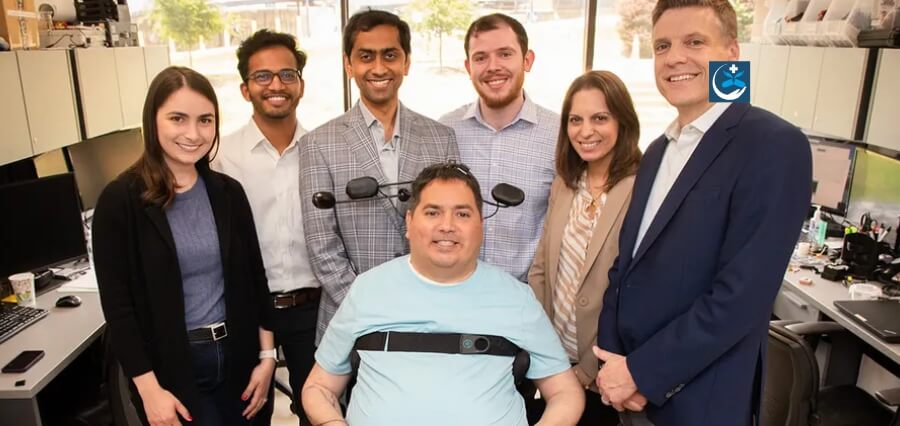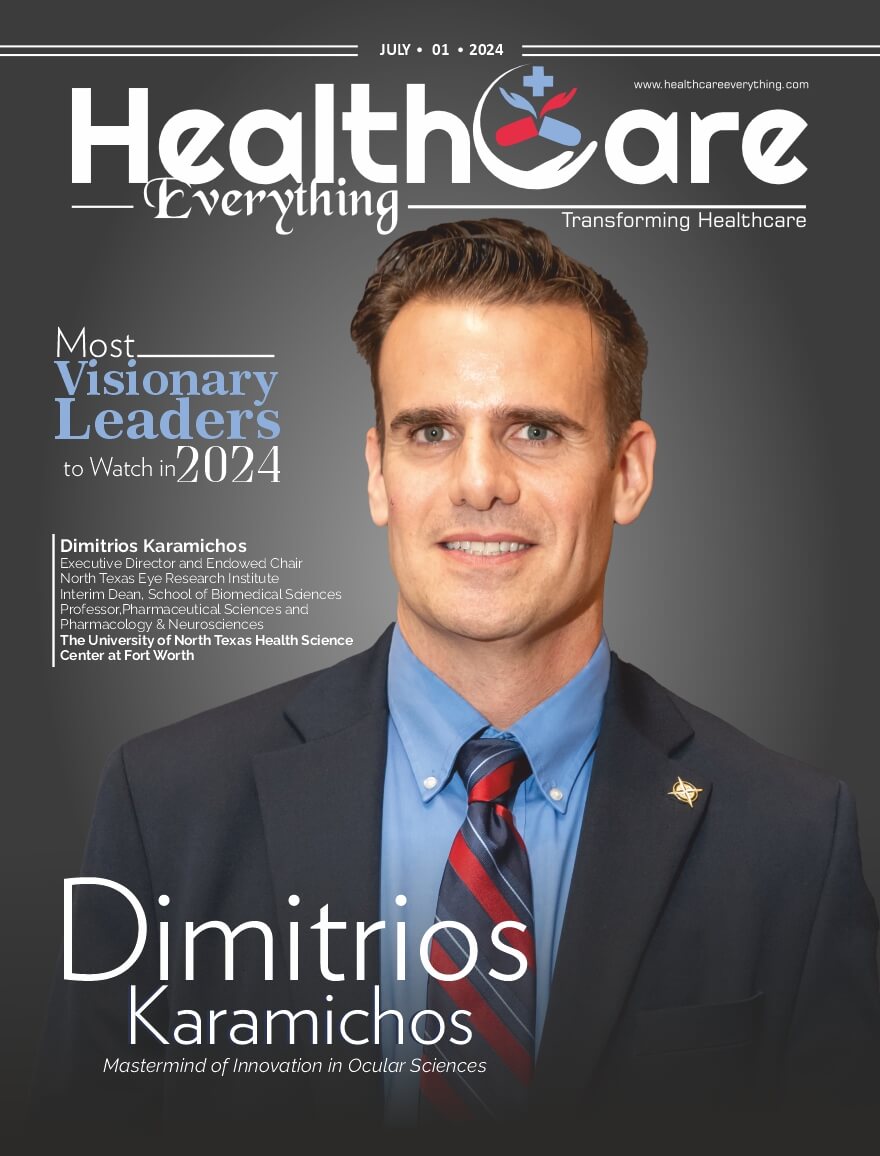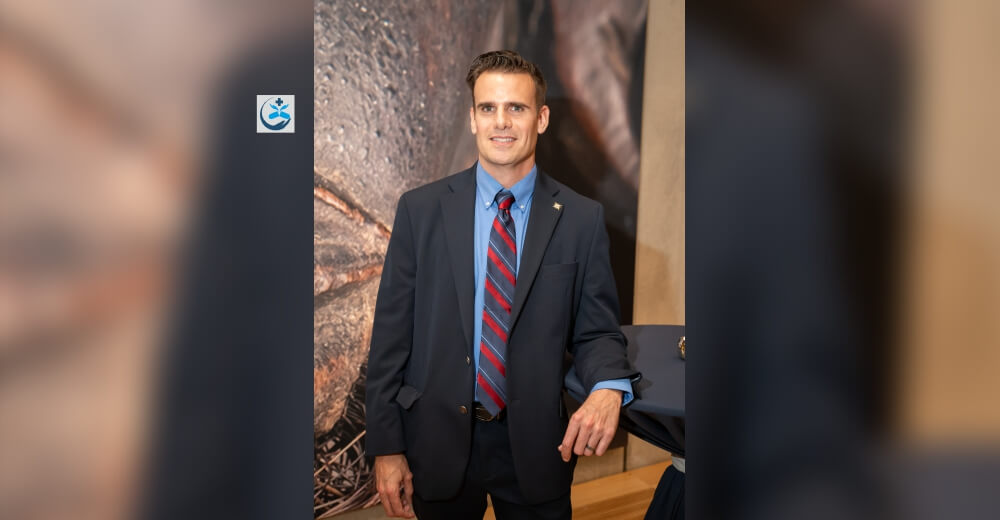Researchers successfully inserted microchips into a disabled man’s brain during a landmark clinical study.
This ground-breaking method has created a “double neural bypass,” an electronic link that enables brain-body communication, in conjunction with advanced AI algorithms. As a result, the trial participant, who was paralyzed from the chest down due to a diving accident, has reclaimed feeling and motion in his hand and arm.
At Northwell Health’s Feinstein Institutes for Medical Research, bioelectronic medicine researchers, engineers, and surgeons have successfully implanted microchips into the brain of a man who has paralysis and have created artificial intelligence (AI) algorithms to re-link his brain to his body and spinal cord in a first-of-its-kind clinical trial.
In order to restore mobility and feeling in the man’s paralyzed hand and achieve long-lasting improvements in his arm and wrist outside of the lab, this double neural bypass creates an electronic bridge that enables information to flow once again between the man’s paralyzed body and brain.
Four months after the trial participant underwent a 15-hour open-brain surgery at North Shore University Hospital (NSUH) on March 9, the study team revealed the patient’s ground-breaking progress.
“The brain, body, and spinal cord have never been electronically linked together in a paralyzed human in order to restore long-lasting movement and sensation,” according to Chad Bouton, professor in the Institute of Bioelectronic Medicine at the Feinstein Institutes, vice president of advanced engineering at Northwell Health, inventor of the technology, and head of the clinical trial.
“We “supercharge” the study subject’s spinal cord and activate his brain and muscles when he imagines moving his arm or hand to aid in the re-building of connections, sensory feedback, and healing. This kind of therapy is revolutionary since it is thought-driven. One day, we hope to employ this technology to enable patients with paralysis to lead more active, independent lives.”
| Read More: Click Here |







